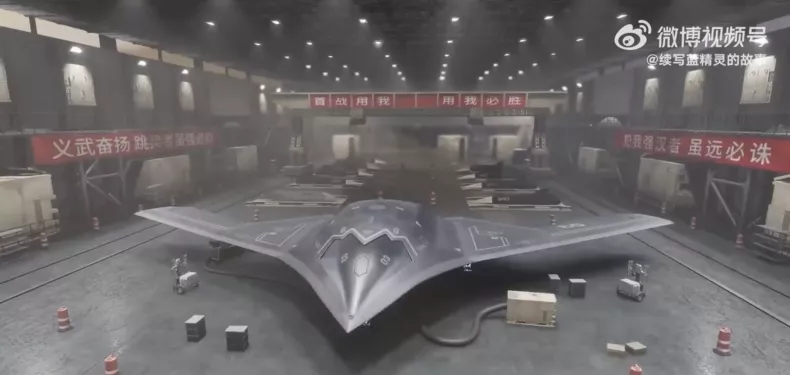- Views: 3K
- Replies: 33

The imminent unveiling of China's H-20 stealth bomber should act as a wake-up call for India. This next-generation aircraft is a major advancement for the PLAAF, designed to reshape regional power dynamics. India must urgently re-evaluate its air defenses and invest heavily in counter-stealth technology to meet this looming challenge.
Modeled after the US B-2 Spirit, the H-20's stealth design presents a fundamental obstacle to India's defenses. Stealth technology minimizes an aircraft's radar signature, making traditional radar systems less effective. This could enable the H-20 to penetrate Indian airspace with reduced risk of detection, potentially launching precision strikes against crucial targets deep within Indian territory.
The H-20's projected long-range capabilities further magnify the threat. This bomber could strike Indian military bases, naval facilities, and key infrastructure far from the border, creating a strategic nightmare. Beyond its tactical impact, the psychological pressure of a stealth bomber looming unseen is a factor India cannot afford to ignore.
India must act proactively to neutralize the threat posed by the H-20. This means:
- Upgraded Radars: Invest in cutting-edge radar systems using low-frequency bands, better suited to detect stealthy aircraft.
- Layered Air Defense: Develop a multi-layered, networked system integrating diverse sensors to pinpoint stealth threats.
- Advanced Missiles: Acquire or develop long-range missiles (both air-to-air and surface-to-air) designed to take down stealth bombers before they can strike.

